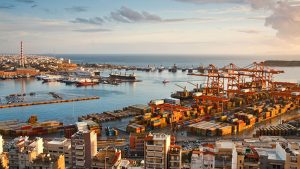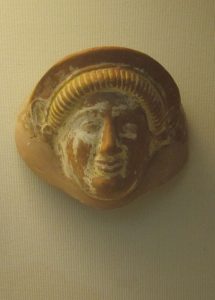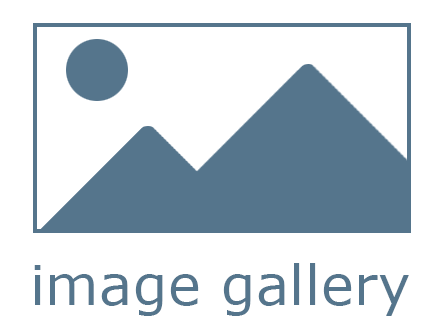 Piraeus, the port city of Athens, is the largest port in Greece. It is becoming a strategically very important port in Europe. Since the port became partly, and later largely, owned by the Chinese container company Cosco in 2002, much has been invested in terminals, infrastructure and tourism.
Piraeus, the port city of Athens, is the largest port in Greece. It is becoming a strategically very important port in Europe. Since the port became partly, and later largely, owned by the Chinese container company Cosco in 2002, much has been invested in terminals, infrastructure and tourism.
People settled on the Piraeus peninsula around 1300 BC. The construction of the city and the port of Piraeus, around 500 BC, were mainly the work of the statesman and maritime strategist Themistocles. He convinced the Athenian government that Piraeus – the name means ferry port – had to be walled and that a fleet had to be built in order to defend itself against the growing power of the Persians. In an inner harbor, now called Zea, shipyards and sheds were constructed to build two hundred triremes, large boats with three rows of rowers and a sail. During the sea battle in 480 BC, in the Strait of Salamis, opposite Piraeus, the Greeks managed to defeat the much more numerous Persians. After that, the port flourished, both militarily and commercially. Across the Mediterranean, Athens and other Greek city-states established trading posts and colonies.
With the domination of Greece by the Macedonian monarchs Philip II and his son Alexander the Great, around 320 BC, the port  deteriorated. In 150 BC, the port became part of the Roman Empire. In 176 of our era the Roman rulers placed a large marble statue of a lion at the entrance to the port, after which the port was called Porto Leone. The lion was later transferred to Venice and became the symbol of that city.
deteriorated. In 150 BC, the port became part of the Roman Empire. In 176 of our era the Roman rulers placed a large marble statue of a lion at the entrance to the port, after which the port was called Porto Leone. The lion was later transferred to Venice and became the symbol of that city.
During the migrations in the Middle Ages and afterwards, Piraeus was regularly invaded by Goths, Franks, Catalans and Venetians. From 1456, Greece, and therefore Piraeus, came under Turkish rule. This lasted until 1832, when Greece regained independence.
From that moment on, the importance of Piraeus as a port increased again. Shipping grew; quays, piers, street roads, a train connection, shipyards – such as the Vassiliadis wharf from 1860 that still exists -, cranes, dredgers, a naval school were built. With the construction of the Corinth Canal in 1893, across the Peloponnese peninsula, shipping traffic to and from Piraeus increased further. However, at the end of the twentieth century, the canal proved to be too small for large container ships and too dangerous for small boats due to falling winds.
In World War II, the Germans blew up the port of Piraeus; it would take ten years to recover. Greek shipowners acquired a huge fleet of ferries and merchant ships. Around 20 million passengers depart from Piraeus on ferries every year.
In Greece, with more than a thousand islands, tourism and shipping are very important. The Greek merchant fleet is the largest in the world.




